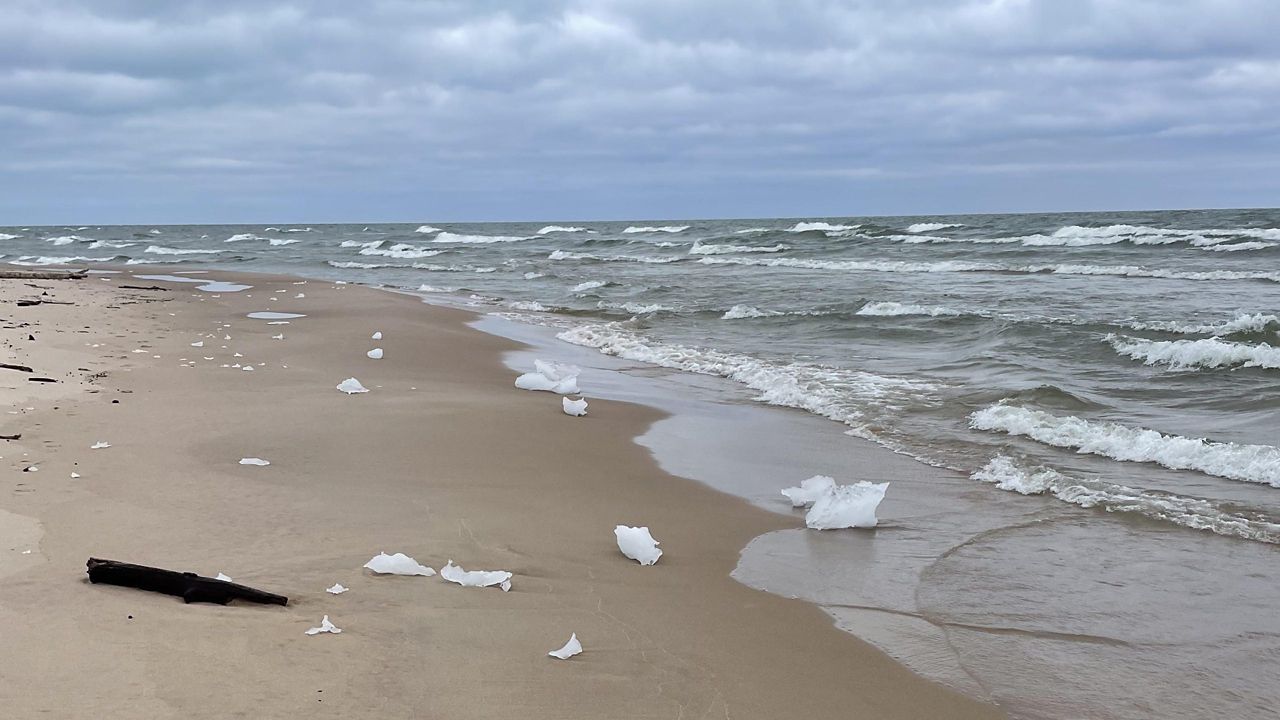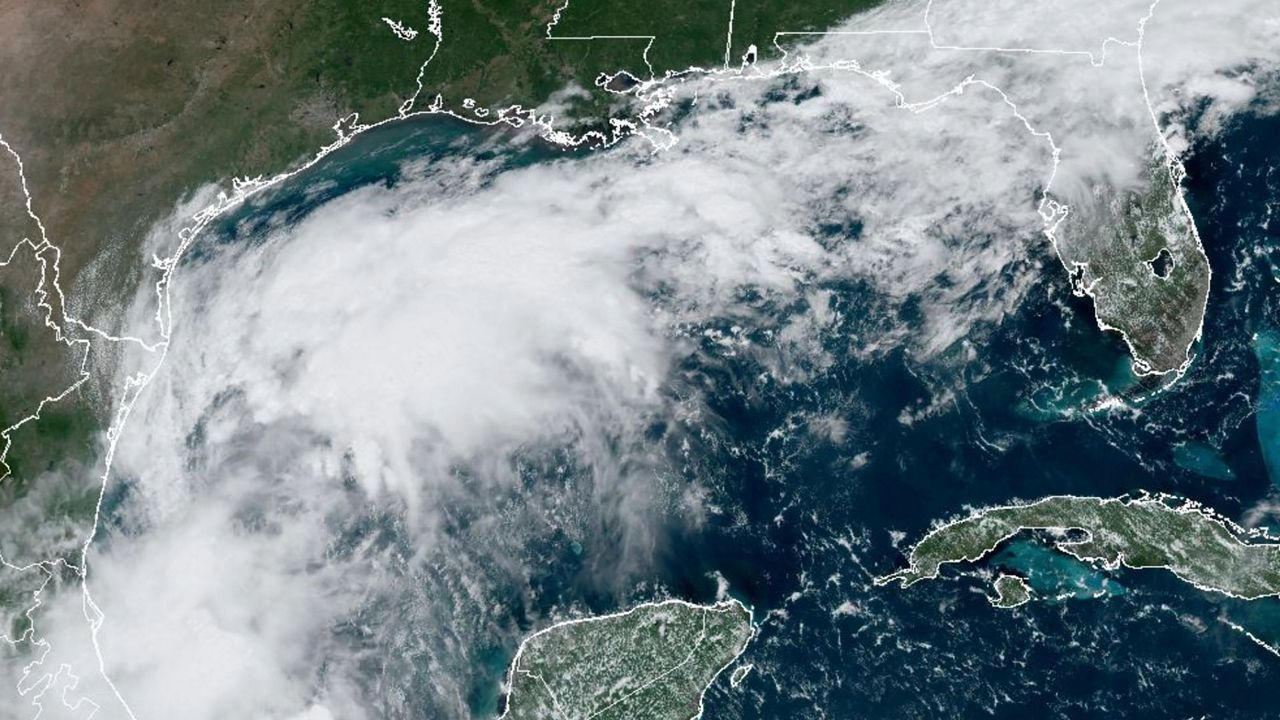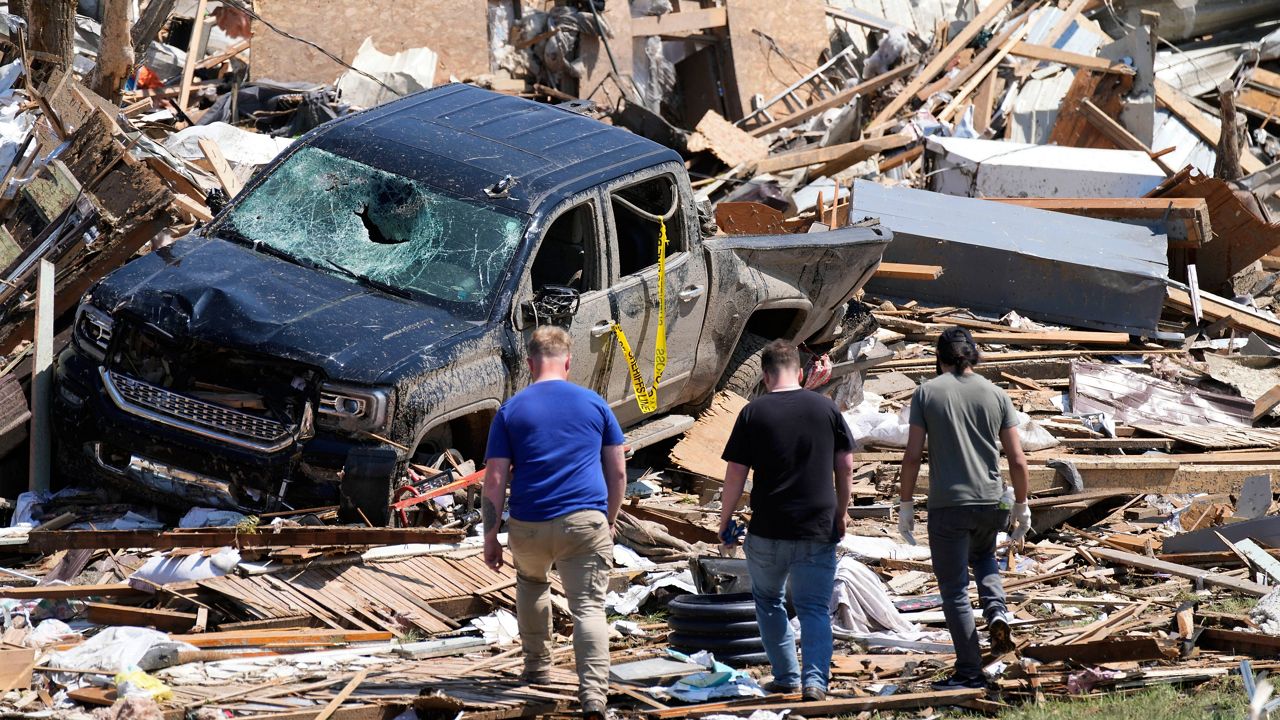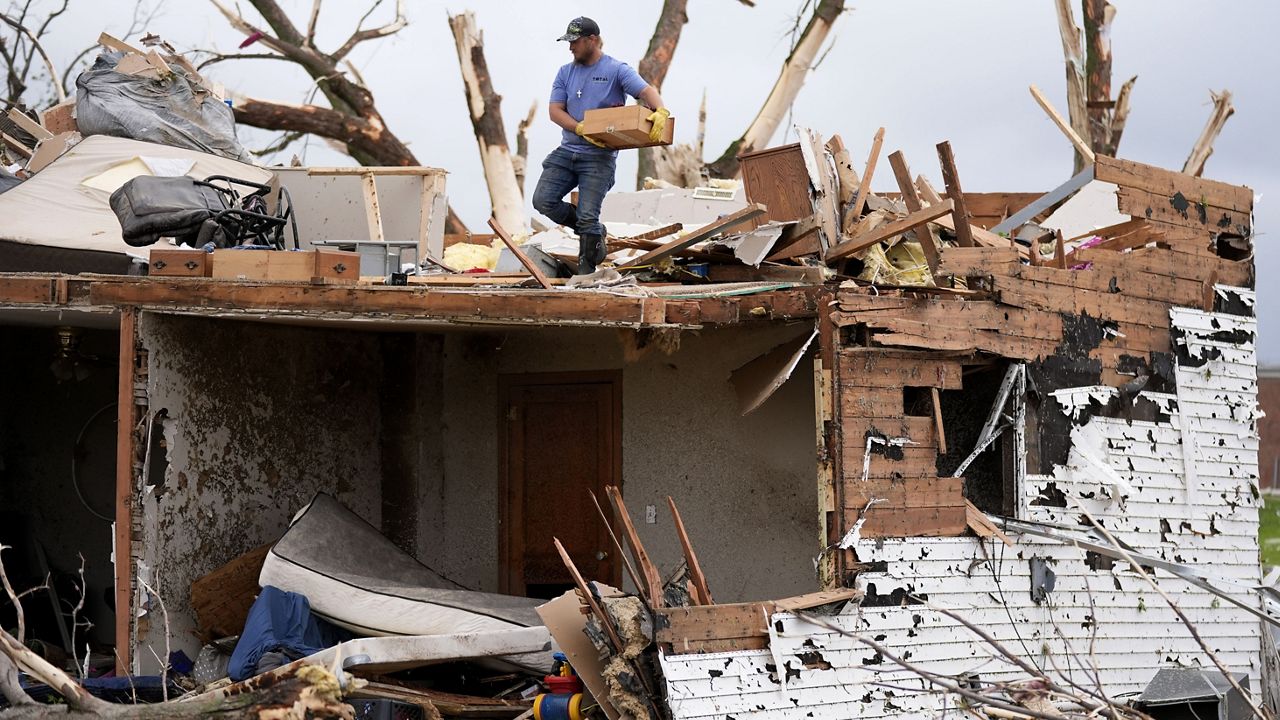NATIONWIDE — Ice coverage across the Great Lakes is at a historic low, according to researchers at the National Oceanic and Atmospheric Administration’s (NOAA) Great Lakes Environmental Research Laboratory (GLERL).
Ice coverage of all lakes in the system was at 2.7% on Feb. 11, 2024.
“We’ve crossed a threshold in which we are at a historic low for ice cover for the Great Lakes as a whole,” said GLERL’s Bryan Mroczka, a physical scientist, in a press release. “We have never seen ice levels this low in Mid-February on the lakes since our records began in 1973.”
When broken down by specific lake, coverage was:
- Lake Superior: 1.7%
- Lake Michigan: 2.6%
- Lake Huron: 5.9%
- Lake Erie: 0.05%
- Lake Ontario: 1.7%
NOAA researchers said the both Lake Erie and Lake Ontario are essentially tied with their individual historic lows for the date. They said both are basically ice-free.

Even Lake Michigan has little to no ice at a time when ice is usually many inches thick.
Researchers say part of the reason for the lack of ice is due to the warmer temperatures this winter, which has caused ice to form slower. In January, there were more periods of cold, but researchers said this still wasn’t enough to allow ice coverage to increase.
The highest peak of ice coverage so far this season was about 15-20% in the third week of January. Comparatively, the Great Lakes on average have an annual ice coverage maximum of 53%. Maximum ice coverage usually happens around late February and early March.
Officials stressed that this may impact many businesses, shipping schedules, biological processes in the Lakes’ ecosystems and more.
Across Wisconsin, many people have already begun to feel the effects of the lack of ice statewide, from a rocky start for the sturgeon spearing season to festivals cancelling ice activities.









